Rome is brimming with exhibitions. Perhaps surprisingly for a place best known for its ancient glory (or not, if you’ve been following the local scene in the past few years) contemporary culture thrives in the città eterna. From re-imagined spaces of architectural instability to intimate tributes to Italian cinema, here’s a curated list of ten exhibitions you’ll want to take in on your next Roman holidays.
1. Franco Fontana. Retrospective at Museo dell'Ara Pacis
The Italian master of landscape photography, Franco Fontana, takes the stage at the Museo dell'Ara Pacis with a retrospective that is as vibrant as it is diverse. Known for his signature use of saturated colors and infinite vistas, Fontana’s work redefines the mundane and elevates it into the sublime. From vast expanses of wheat fields to the rich textures of urban landscapes, Fontana imbues each frame with a sense of abstract composition that distinguishes them as undoubtedly his own, across genres. His work is a meditation on how color, light, and space can shift perceptions and emotions, and the play between geometry and light draws attention to the tension between nature’s chaos and the human desire to impose order. Through Fontana’s lens, we are invited to pause and reconsider how we view the world—an invitation that proves all the more poignant in the shadow of Rome’s ancient architecture, which looms just upstairs with the imposing Augustan Ara Pacis.
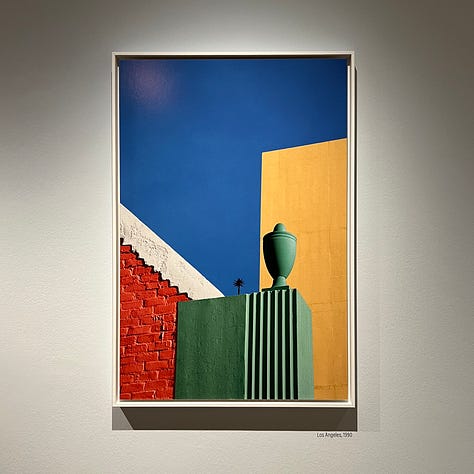


2. Architettura Instabile at MAXXI
The MAXXI, Rome's avant-garde hub for contemporary art and architecture, presents Architettura Instabile, an exhibition that challenges the very foundation of architectural thought. Curated by the design luminaries Diller Scofidio + Renfro, this exhibition explores instability as an architectural principle—an idea that seems to defy the traditional need for solid structures. The exhibit features experimental designs and spatial studies that reimagine how architecture can morph and adapt, blurring the line between temporary and permanent. With suspended structures, inflatable forms, and interactive installations, Architettura Instabile asks whether architecture can thrive in a state of flux. Concepts such as the capsule or the tent serve here as a symbol of impermanence and flexibility. Visitors are confronted with structures that question the boundaries between architecture and art, permanence and ephemerality. It’s a fitting response to the city of Rome, where monuments are built to last and yet are constantly evolving—eroding, decaying, and being reborn in the process.



3. Tiziano, Lotto, Crivelli, and Guercino at Musei Capitolini
The Musei Capitolini’s current exhibition offers an intimate glimpse into six masterful works from the 15th to the 17th centuries, temporarily on loan from Ancona’s Pinacoteca Civica Podesti. Centered around Tiziano’s monumental Pala Gozzi (1520), this small but striking collection showcases religious art by Olivuccio Ciccarello, Carlo Crivelli, Lorenzo Lotto, and Guercino. Highlights include Lotto’s emotive Pala dell’Alabarda, Crivelli’s jewel-like Madonna con Bambino, and Guercino’s luminous Immacolata. Together, these pieces illuminate Ancona’s rich artistic patronage while tracing profound evolutions in religious iconography and regional artistic exchanges. This exhibition invites a reflection on the enduring resonance of devotional art; plus, a visit to the Capitolini is always worth it.



4. Francesco Clemente. Anima Nomade at Palazzo Esposizioni
Francesco Clemente brings metaphysics and mythology to Palazzo Esposizioni with Anima Nomade. His series of monumental tents, emblazoned with vibrant paintings, creates a visual feast that challenges our understanding of art as both object and space. Each canvas, draped on the tent’s surface, serves as a kind of narrative map—one that unfolds as you walk through its folds. Clemente’s work has long been associated with his exploration of Indian mythology and spirituality, and here he returns to these themes, weaving complex narratives of transience and transformation. The tents themselves become metaphors for the human condition: transient, mobile, and ever-changing. The imagery within, drawn from his deep engagement with Indian philosophy, challenges the viewer to enter a space of contemplation, a meditation on the nomadic nature of the human spirit.


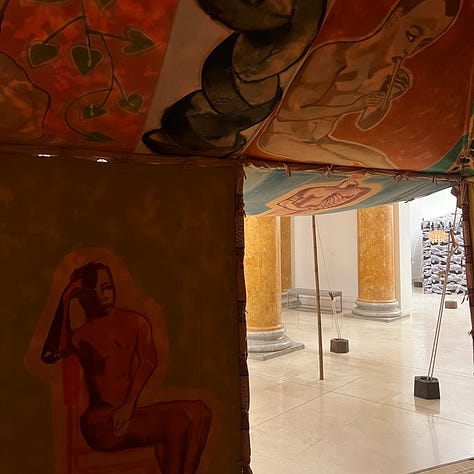
5. Post Scriptum at MACRO
Post Scriptum at MACRO could be described as an intellectual labyrinth. Curated by Luca Lo Pinto, the exhibition assembles works by contemporary artists who interrogate the passage of time, memory, and history. Through a diverse array of media—sculpture, photography, video, and installation—the show reflects on the fleeting nature of both personal and collective histories. The concept of a 'post scriptum'—the afterthought, the addendum—permeates the show, which examines what is left unsaid, what is forgotten, and what is reinterpreted. This five year-long project speaks to the complexity of remembering, creating a space where past and present coexist, constantly shifting and evolving. The works challenge us to question how we interact with history, creating a dialogue between the museum’s walls and the larger narratives they contain, while at the same time having led the museum itself to “question its own identity, its own modes of production and relation with artists and the audience.”


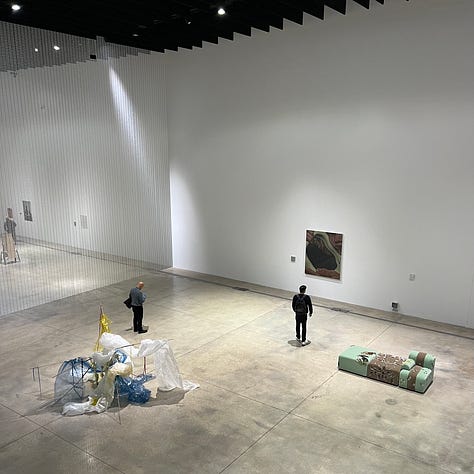
6. Roma ChilometroZero at Museo di Roma in Trastevere
Roma ChilometroZero brings the complexities of contemporary urban life into focus, with 15 photographers capturing the nuances of Rome's neighborhoods, markets, and streets. Rather than postcard-perfect imagery, this exhibition delves into the everyday: the invisible, the local, and the fleeting. Each photograph speaks to the layers of history and culture embedded within the city's streets, offering an alternative portrait of Rome—one of grit, resilience, and local identity. In a world where Rome is often seen as a monument, this show is a poignant reminder of its human heartbeat, captured in arresting, everyday moments.

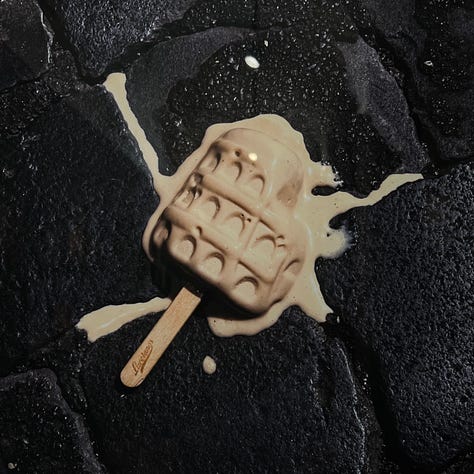
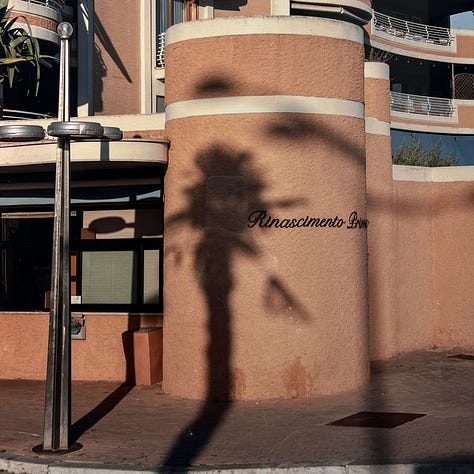
7. Mastroianni. Ieri, Oggi, Sempre at Castel Sant'Angelo
Marcello Mastroianni, Italy's cinematic icon, comes to life once more at Castel Sant'Angelo. As part of the centenary celebrations for the actor's birth, this exhibition explores his legendary career through photographs. It’s impossible to overstate Mastroianni's cultural influence—his presence in films like La Dolce Vita and 8½ defined an era of Italian cinema. This exhibition is both an ode to Mastroianni’s cinematic and theatrical persona and a personal reflection on the actor’s life, revealing intimate glimpses of his private world. His work remains a mirror to the contradictions and complexities of Italian society, making this exhibition a must-see for cinephiles and photography lovers alike.
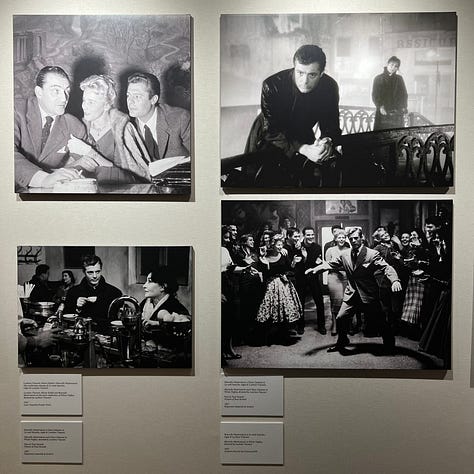

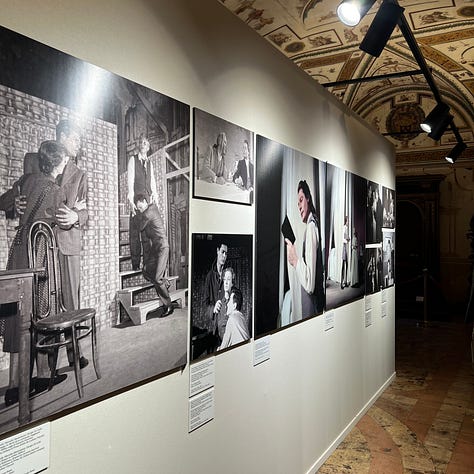
8. Roma Pittrice at Museo di Roma
Roma Pittrice. Artiste al lavoro tra XVI e XIX secolo at Palazzo Baraschi is a survey of the women artists who contributed to Rome’s visual culture from the 16th to the 19th centuries. This exhibition sheds light on the often-overlooked role of women in shaping the city’s artistic history, featuring portraits, religious works, and historical scenes that situate personal narratives within public history. What Roma Pittrice offers is a reclamation of space: the city’s women artists may have worked in the shadows, but their works continue to resonate within the very bones of Rome itself.


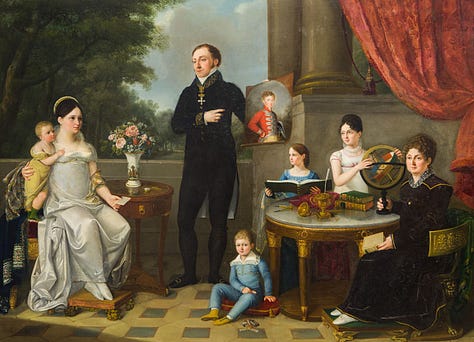
9. Il Tempo del Futurismo at GNAM
At Galleria Nazionale di Arte Moderna, the exhibition Il Tempo del Futurismo pays homage to one of Italy's most provocative and dynamic artistic movements. Futurism, with its fascination for speed, technology, and modernity, is brought to life through the works of Balla, Boccioni, and other key figures. The show explores Futurism's visual language—often celebrated for its forward-thinking ethos—while also taking a critical look at its legacy. Showing the futurist’s impact on the development of Italian modern art provided a hint on how their ideas about progress, sometimes aligned with fascist ideologies, continue to resonate in the current world.
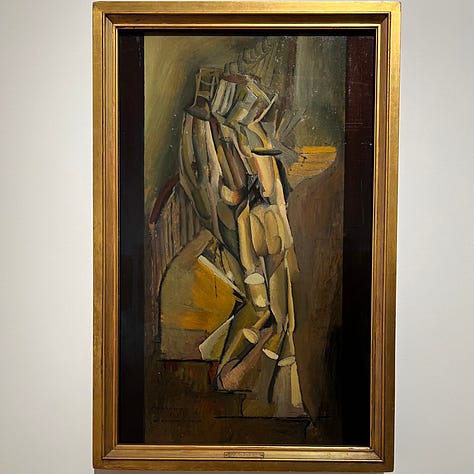

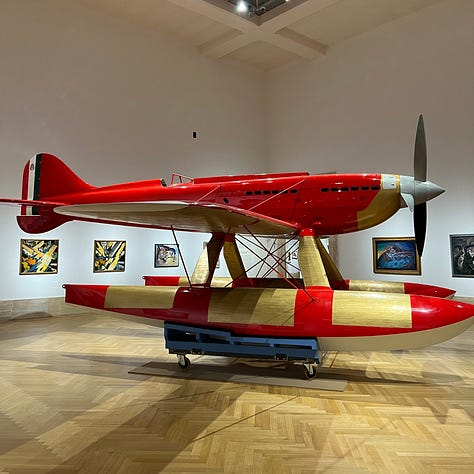
10. Guido Guidi. Col tempo, 1956-2024 at MAXXI
Guido Guidi’s exhibition at MAXXI is a masterclass in observing the overlooked. Known for capturing the quiet beauty of Italian landscapes, Guidi reframes the everyday, exploring the relationship between architecture and the natural world with his signature minimalism. His historic photographs reflect a dialogue between old and new, decay and persistence. Through intersections of light, shadow, and form, Guidi embarks on a meditation on how time shapes our spaces and their stories.

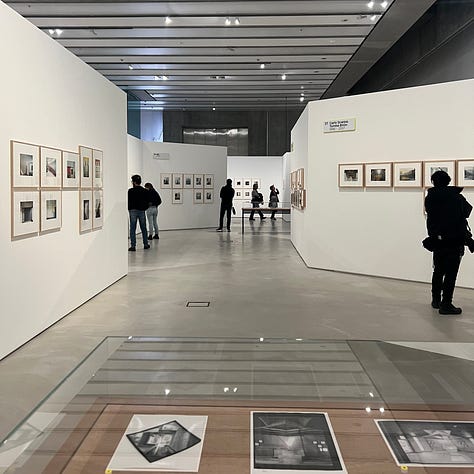
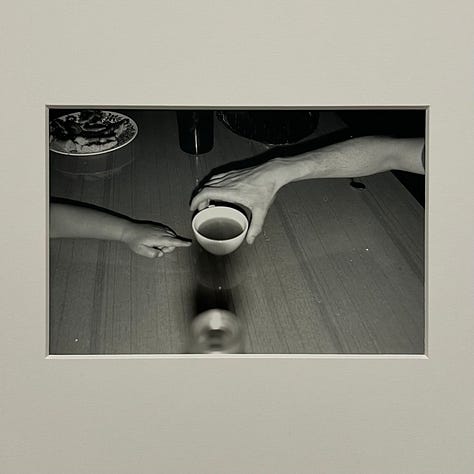
These exhibitions offer a diverse and multifaceted perspective on Rome’s cultural landscape, inviting visitors to step back in time, challenge contemporary conventions, and reflect on the future. Each show is a conversation between art, history, and modernity, capturing the city’s unique ability to both preserve and innovate in the face of an ever-changing world. ∎



